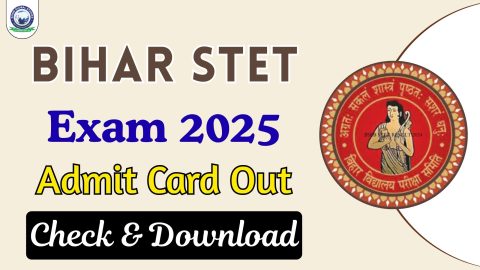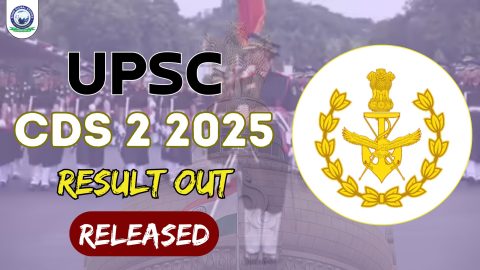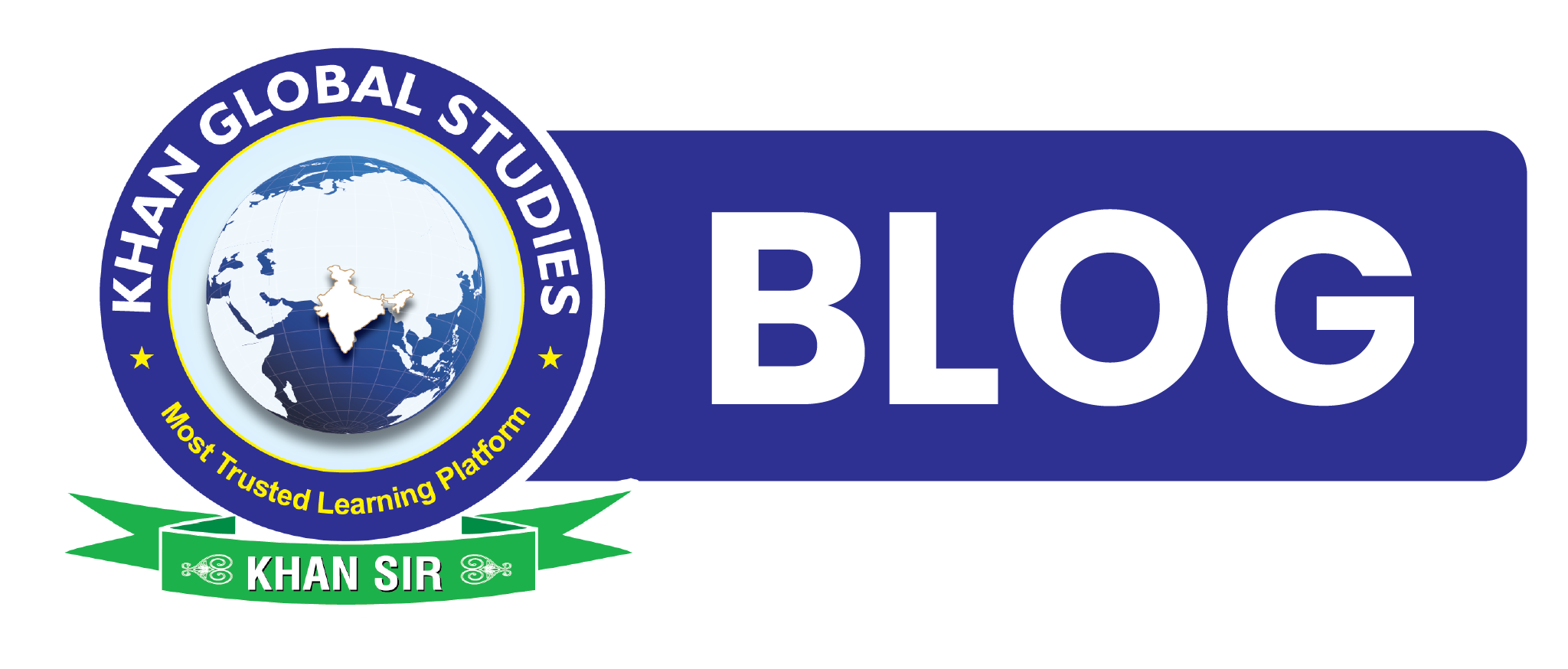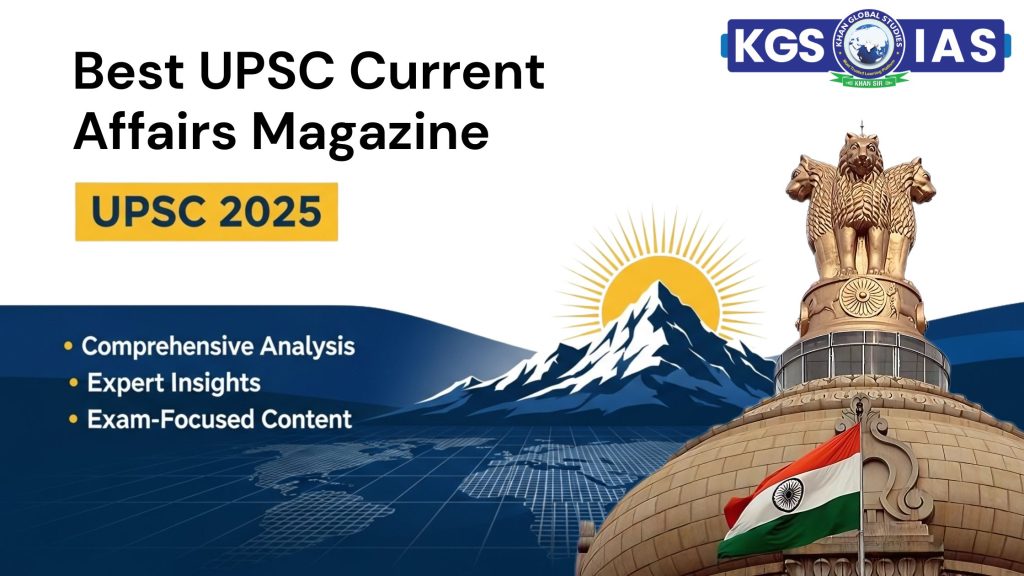Best UPSC Current Affairs Magazine: Preparing for UPSC feels overwhelming, doesn’t it? With thousands of pages to read and countless topics to master, finding the right current affairs magazine can make or break your preparation strategy. You need something that cuts through the noise and delivers exactly what you need to succeed.
Current affairs form the backbone of UPSC preparation, accounting for significant portions across all three stages—Prelims, Mains, and Interview. The right monthly magazine doesn’t just keep you updated; it transforms scattered news into structured knowledge that directly translates to marks.
In this comprehensive guide, we’ll explore the best current affairs magazines for UPSC 2025, helping you make an informed choice that aligns with your preparation goals.
Why Current Affairs Magazines Are Essential for UPSC Success
Current affairs magazines serve as your bridge between daily news chaos and exam-relevant information. They filter, analyze, and present information in formats designed specifically for competitive exam preparation.
The UPSC Current Affairs Challenge
UPSC expects candidates to have deep knowledge of recent developments across multiple domains—politics, economics, international relations, science and technology, and social issues. Daily newspapers provide raw information, but magazines offer:
- Structured analysis of complex issues
- Exam-focused content that directly relates to syllabus
- Monthly compilations that save preparation time
- Expert commentary that adds depth to understanding
- Practice questions aligned with exam patterns
How Magazines Complement Your Preparation
The best current affairs magazines don’t just report news—they educate. They connect current events to historical contexts, explain policy implications, and highlight examination angles that newspapers often miss.
Top Features to Look for in UPSC Current Affairs Magazines
Comprehensive Coverage Across All Subjects
Your ideal magazine should cover all UPSC subjects comprehensively. Look for sections dedicated to:
- National and International Affairs: Political developments, diplomatic relations, and governance issues
- Economic Developments: Budget analysis, economic policies, and financial market trends
- Science and Technology: Recent discoveries, technological advancements, and their societal impacts
- Environment and Ecology: Climate change, conservation efforts, and environmental policies
- Social Issues: Education, health, women empowerment, and demographic changes
Exam-Specific Content Organization
Quality magazines structure content specifically for UPSC preparation. They should include:
- Prelims-focused fact boxes with quick revision points
- Mains-oriented analysis with multiple perspectives
- Interview preparation material with contemporary discussion topics
- Previous year question integration showing how topics appeared in exams
Expert Analysis and Commentary
The best magazines employ subject matter experts who provide insights beyond surface-level reporting. This expert analysis helps you understand:
- Policy implications of government decisions
- International significance of global events
- Long-term consequences of current developments
- Multiple stakeholder perspectives on controversial issues
Essential Sections Every Good Current Affairs Magazine Should Have
Monthly News Compilation
A systematic month-wise compilation helps you track developments chronologically. This organization makes revision easier and helps you understand how events unfold over time.
Topic-Wise Analysis
Beyond chronological organization, the best magazines provide topic-wise analysis. This helps you see connections between different events and understand broader trends.
Practice Questions and Mock Tests
Quality magazines include practice questions that mirror actual UPSC patterns. Look for:
- Prelims MCQs with detailed explanations
- Mains practice questions with model answers
- Previous year questions integration
- Current affairs quizzes for regular testing
Infographics and Visual Learning
Complex information becomes easier to understand and remember through infographics, charts, and visual representations. The best magazines use these tools effectively to explain:
- Economic data through charts and graphs
- Geographical information through maps
- Process flows for complex procedures
- Comparative analysis through tables
How to Choose the Right Magazine for Your Preparation Style
Assess Your Current Preparation Level
Your choice should align with your preparation stage:
Beginners need magazines with:
- Basic concept explanations
- Glossaries for technical terms
- Simple language and clear structure
- Foundation-building content
Intermediate learners benefit from:
- Detailed analysis of complex issues
- Multiple perspective coverage
- Integration with static portions
- Advanced practice questions
Advanced candidates require:
- In-depth expert commentary
- Cutting-edge analysis
- Interview-focused content
- Niche topic coverage
Consider Your Time Availability
Different magazines require different time investments:
Comprehensive magazines (200+ pages) offer complete coverage but require 15-20 hours monthly
Concise magazines (100-150 pages) provide essential coverage in 8-10 hours monthly
Quick revision magazines (50-80 pages) offer rapid updates in 4-6 hours monthly
Language Preference Matters
Choose magazines available in your preferred language. While English magazines often provide more detailed analysis, Hindi magazines can be equally effective if that’s your comfort language.
Integration Strategies with Daily Preparation
Creating an Effective Study Schedule
Integrate magazine reading into your daily routine:
Weekly approach: Dedicate 2-3 hours weekly to magazine reading
Daily approach: Spend 30-45 minutes daily on current affairs
Weekend marathon: Dedicate entire weekend sessions to comprehensive reading
Note-Making Techniques
Develop systematic note-making while reading:
Topic-wise notes: Organize information by UPSC subjects
Timeline notes: Create chronological records of important events
Analysis notes: Write your understanding of complex issues
Revision notes: Prepare quick review points for exam time
Connecting with Static Portions
The best preparation happens when you connect current affairs with static syllabus portions:
- Link economic news to economic development topics
- Connect international events to world geography
- Relate social issues to Indian society portions
- Integrate scientific developments with basic science concepts
Digital vs Physical Magazines: Making the Right Choice
Digital Magazine Advantages
Accessibility: Read anywhere, anytime on multiple devices
Searchability: Quickly find specific topics or information
Interactive features: Access to additional online resources
Environment-friendly: No paper waste
Cost-effective: Often cheaper than physical versions
Physical Magazine Benefits
Better retention: Studies show better comprehension with physical reading
No screen fatigue: Easier on eyes during long study sessions
Note-making flexibility: Easy highlighting and margin notes
No technology dependence: Read without battery or internet concerns
Hybrid Approach
Many successful candidates use both formats:
- Physical magazines for detailed reading and note-making
- Digital versions for quick revision and reference
Maximizing Your Magazine Investment
Create a Reading System
Develop a systematic approach:
- First reading: Quick overview to identify important topics
- Second reading: Detailed study with note-making
- Third reading: Revision before exams
Use Multiple Sources Wisely
While one primary magazine forms your backbone, supplement with:
- Monthly compilations from coaching institutes
- Government publications for official perspectives
- International magazines for global viewpoints
- Specialized journals for deep subject knowledge
Regular Review and Assessment
Test your understanding regularly:
- Take monthly current affairs tests
- Participate in online quizzes
- Join study groups for discussion
- Practice answer writing on current topics
Common Mistakes to Avoid
Information Overload
Don’t try to read everything. Choose one primary magazine and stick to it. Multiple magazines often lead to confusion and incomplete preparation.
Neglecting Integration
Don’t treat current affairs as separate from the main syllabus. Always connect current events to static portions for better understanding and retention.
Passive Reading
Don’t just read passively. Engage with the content through note-making, questioning, and discussion. Active reading leads to better retention and understanding.
Last-Minute Preparation
Don’t leave current affairs for the final months. Consistent monthly preparation throughout your preparation journey yields better results.
Making Your Final Decision
Choosing the best current affairs magazine for UPSC 2025 depends on your individual needs, preparation style, and goals. Consider factors like content quality, expert analysis, practice material, and alignment with your study schedule.
Remember, the best magazine is the one you’ll read consistently and actively engage with throughout your preparation journey. Success comes not just from choosing the right resources, but from using them effectively and systematically.
Your UPSC journey demands dedication, consistency, and smart resource selection. Make an informed choice, stick to your decision, and let your chosen magazine become a powerful tool in your path to success.
The right current affairs magazine won’t just keep you updated—it will transform how you understand and analyze the world around you, a skill that serves you well beyond the UPSC examination.
Frequently Asked Questions (FAQs)
Which language magazine is better for UPSC preparation?
Choose the language you’re most comfortable with. Both English and Hindi magazines can be equally effective if they provide comprehensive coverage and expert analysis. Your comfort with the language matters more than the language itself.
How many magazines should I read monthly?
Stick to one comprehensive magazine as your primary source. Too many magazines create confusion and information overload. Supplement with one or two additional sources if needed, but avoid overwhelming yourself.
Should I read magazines from the beginning of my preparation?
Yes, start reading current affairs magazines from day one of your preparation. Current affairs require consistent long-term preparation rather than last-minute cramming.
How important are current affairs for UPSC success?
Current affairs are extremely important, contributing significantly to all three stages. They form about 25-30% of Prelims questions and are crucial for Mains and Interview preparation.
Can I rely only on magazines for current affairs?
While good magazines provide comprehensive coverage, supplement them with daily newspaper reading for the most recent developments and additional perspectives.
How should I revise current affairs before exams?
Create monthly summary notes during regular preparation. Before exams, focus on these summary notes, practice questions, and recent developments from the last 2-3 months.





